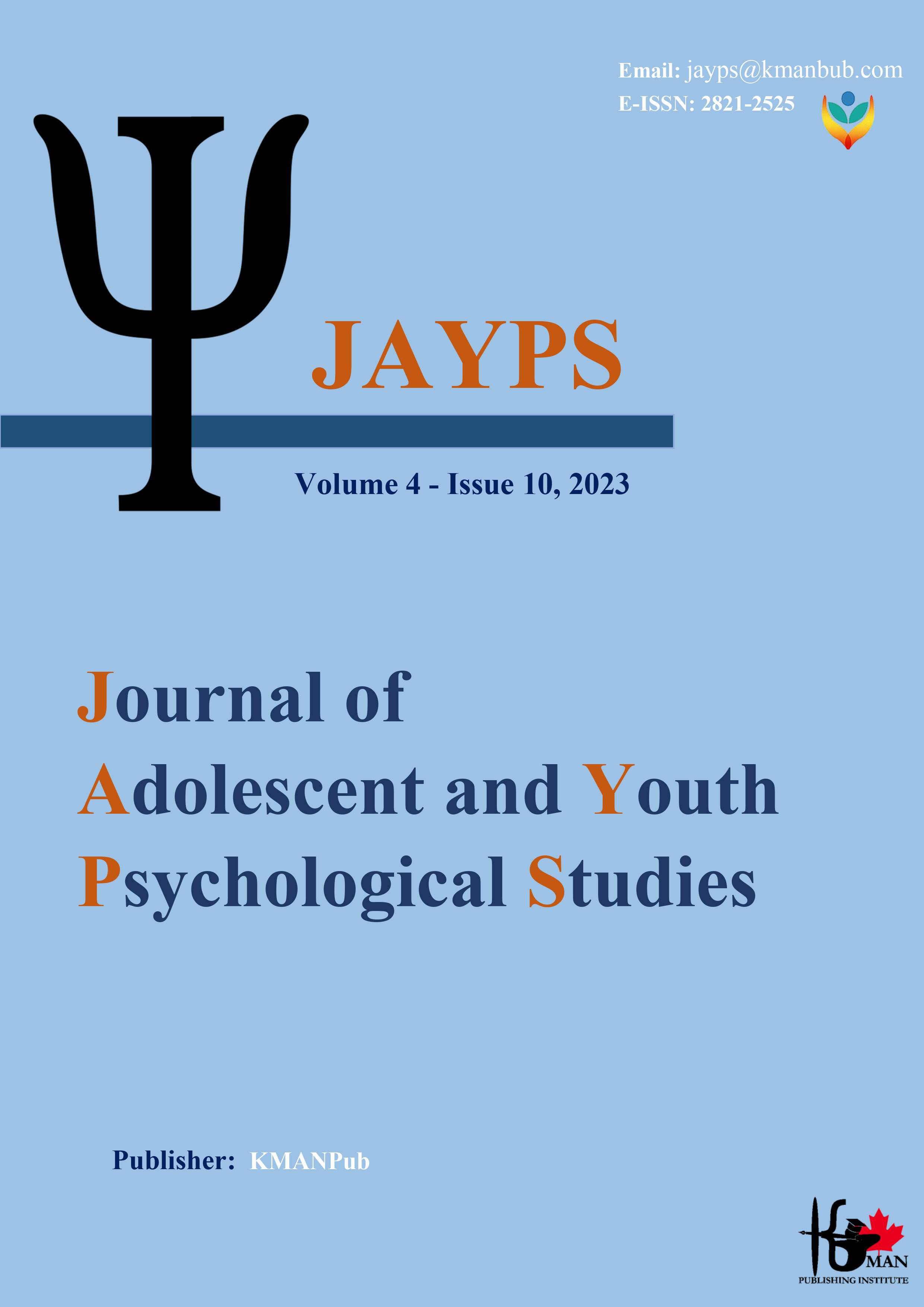Examining the fit of the curriculum components model based on creativity
Abstract
Purpose: The purpose of this research was to examine the fit of the creativity-based curriculum components model. Method: For this purpose, a quantitative research approach based on descriptive-survey method was used. In this research, the method of inferential analysis and data description and the use of factor analysis were used to analyze the questionnaire data and present the results. The statistical population includes all elementary school teachers in Tehran province who are working in 2021, whose number is 3195, who are working in elementary schools in Qom province in 2021. To select the number of research samples according to the size of the considered population (3195) and referring to Morgan's sample size estimation table, the number of research samples was considered to be 345 people. Random cluster sampling method was used to select research samples. The tool of data collection in this research was a researcher-made questionnaire. Findings: The value of the root mean square error estimate (RMSEA) for each dimension is 0.068, 0.071, 0.086, 0.085, 0.094, and 0.085, respectively, and is smaller than 0.10. The root mean square of the residuals (SRMR) index is equal to 0.071, 0.058, 0.058, 0.077, 0.071 and 0.067, respectively, and they are smaller than 0.08. Therefore, it can be concluded that the model error is not high. Other absolute/relative fit indices such as Chi-square, GFI, NDI and CDI, and compared to conventional values for models with appropriate fit, it can be concluded that the curriculum model of students based on creativity has a suitable structure. Conclusion: The model of curriculum components based on creativity presented in the current research has a suitable application.
Downloads
Downloads
Additional Files
Published
Issue
Section
License
Copyright (c) 2023 Kobra Hajloyi (Author); Mahbubeh Abdollahi (Corresponding Author); Fattah Nazem (Author)

This work is licensed under a Creative Commons Attribution-NonCommercial 4.0 International License.









